Have a query?
FAQ
Welcome to Sleep Medical’s FAQ page – your go-to resource for answers to commonly asked questions about our sleep services. Explore here for insights into the sleep testing process, treatment options, and general information on improving your sleep health. If you can’t find what you’re looking for, feel free to reach out to our knowledgeable team. We’re here to provide clarity and support on your quest for better sleep.
What is obstructive sleep apnoea (OSA)?
OSA is a breathing disorder which occurs during the night when the individual is asleep. The upper airway becomes relaxed, then collapses resulting in pauses in the breathing and snoring. These episodes will occur countless times during the night resulting in a very disturbed and restless sleep. Consequently, this can impact the individual during the day as they may experience daytime sleepiness, poor memory, poor concentration, irritability, brain fog and low mood.
Is OSA a serious condition?
Yes. If sleep apnoea is left untreated the patient is higher risk of developing high blood pressure, depression, type 2 diabetes, heart disease, heart attack and stroke. A patient with OSA is also more likely to be involved in a road traffic accident due to daytime sleepiness and poor concentration.
What is the Watch PAT sleep study?
WatchPAT is a more detailed sleep study than overnight pulse oximetry. Watch PAT measures up to 7 channels (peripheral arterial signal/PAT signal, heart rate, oximetry, actigraphy, body position, snoring, and chest motion) via three points of contact (finger, wrist and sternum) which enables a sleep apnoea/apnea diagnosis.
I require CPAP treatment. Can Sleep Medical provide this service?
If your sleep test shows significant obstructive sleep apnoea which then warrants CPAP treatment, then Sleep Medical can provide a list of therapy options or sign-post you to a healthcare provider. Send an email to sleepmedicalni@gmail.com for more information.

